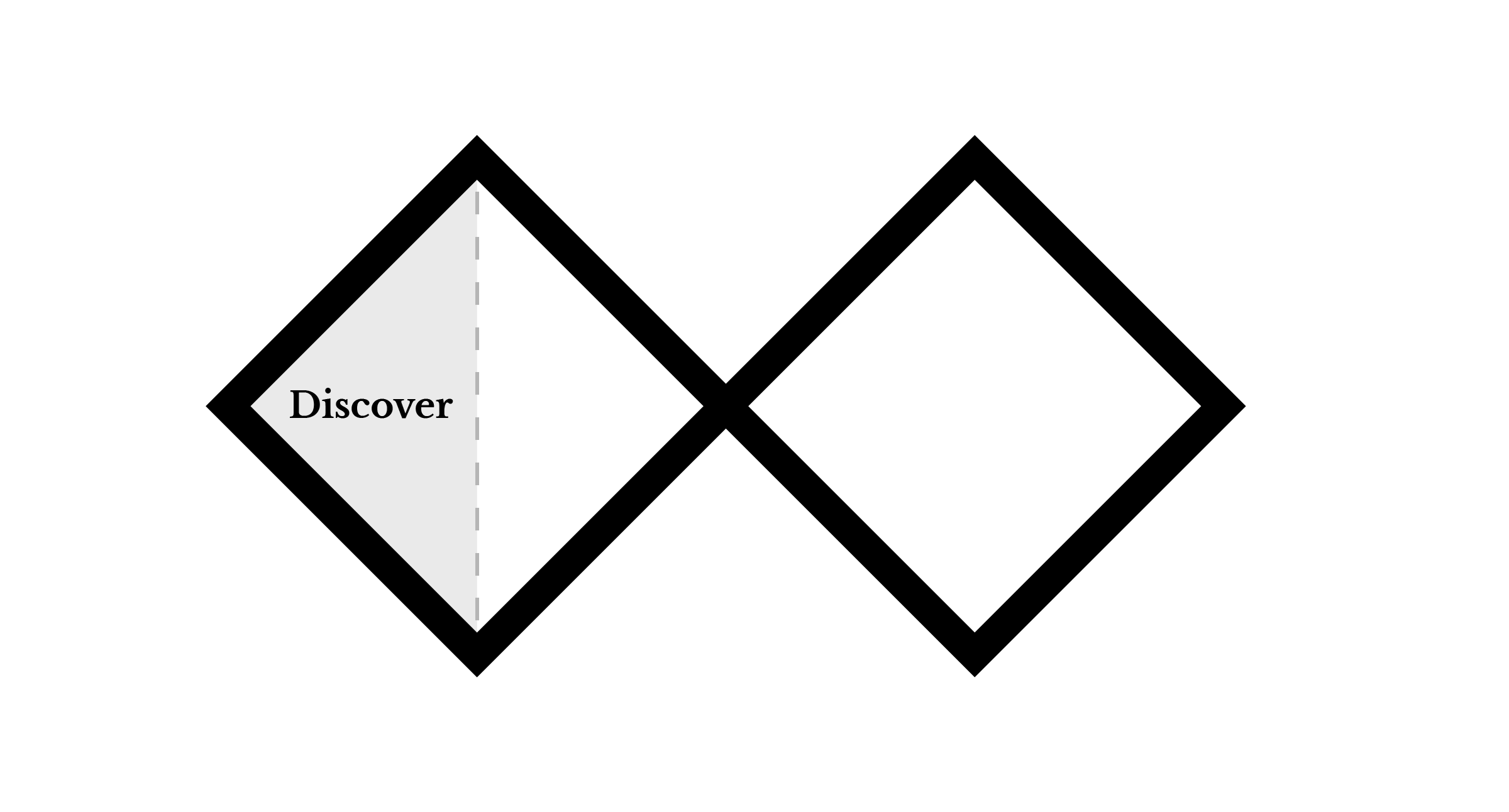
Discover: Interview
Field research is a central part of the human-centered design process. You will now practice field research by finding and interviewing a person who will become your target user.
Materials
- Journal
- Pencil or pen
- Access to a communication device (computer or phone)
Instructions guide
Step 1: Interview Setup
The purpose of this interview is to better understand the day-to-day challenges that a person faces. Set up an interview. It can be a family member, a friend, a colleague at work, a student, etc. Ensure that you have at least an hour of time. The interview can be in-person, over the phone, or via video conversation. Please do not send a list of questions to your interviewee, as you will need to tailor the interview questions during the conversation. If you intend to record the interview (not required) you must obtain the permission of the interviewee.
Step 2: Find challenges
Start the interview by asking your participant about their daily routine. Try to find something they do or experience every day that they find distracting, challenging, frustrating, or something they wish they didn't have to do.
Interview Tip: Try to have a natural conversation. Laugh, joke, and don't rely solely on the example questions below. Give your subject plenty of time to respond, awkward pauses may result in valuable responses if you're patient.
Example questions
Daily challenges:
- Tell me about your day today or a typical day in your life.
- Do you find anything particularly challenging about your daily routine?
- Do you have any reoccurring frustrations?
- If you could change something about your typical day, what would it be?
- Is there something that, if only you were incredibly good at it, you could improve some aspect of your life?
- Why aren't you good at it? ("it" should be a specific thing, see Laddering - Five 'Why?'s)
Life-long challenges:
- What is a long-term challenge or frustration in your career or life?
- Why is it challenging? ("it" should be a specific thing, see Laddering - Five 'Why?'s)
- If you could go back to childhood and begin your life again, what would you want to do as an adult?
- Why did you choose this answer?
- Is there anything preventing you from doing this now? If so, what are some of those things?
- Why do you think that is? ("it" should be a specific thing, see Laddering - Five 'Why?'s)
Core Values
- What do you value more, adventure or stability?
- Why do you think that is? ("it" should be a specific thing, see Laddering - Five 'Why?'s)
- What is a place that has special meaning to you? (At home, or elsewhere)
- What details can you recall most clearly? Describe them.
- What is a group, culture, or "tribe" that you strongly identify with?
- How do your participate in, or show your connection to, that group?
Original Questions
Prepare three or more original questions that you will ask your subject.
- _______________________________?
- _______________________________?
- _______________________________?
Laddering - Five 'Why?'s
Laddering is a technique developed in the 1960s to help clinical psychologists uncover core values and beliefs. If your participant has many responses from the previous step, focus on one response. Ask your participant why. Asking why helps us to better understand an ambiguous issue and gets to a more emotional aspect of a problem. After they respond, ask why again. Repeat this until you have asked why five times. Asking five times is important because core issues will start to emerge around four or five levels deep. Ask about their responses specifically to avoid horizontal questions. For example, "Why else didn't you get your homework done?" is a horizontal question. "Why didn't you have enough time to complete the assignment?" is a deeper question.
Step 3: Recording responses
- Record the interviewee's responses in your journal. You don't need to write everything they say. Try to capture the key insights.
- Make a note of any responses that led to a deeper understanding of what motivates this person?
- The interview is about better understanding a potential user's problems. Try not to make reference to the project during the questions that may lead the interviewee to attempt to think of solutions.
Instructions
- Set up the interview
- Ask questions to find key issue(s)
- Record the interviewee's responses in your journal
Post work
Use the file format indicated in each step. You must obtain prior approval to deviate from these upload requirements. Please check that your work has uploaded properly.
- Submit an image of your journal notes in
.jpgor.pngformat.
Citation:
Adapted from: http://www.designkit.org/methods/66